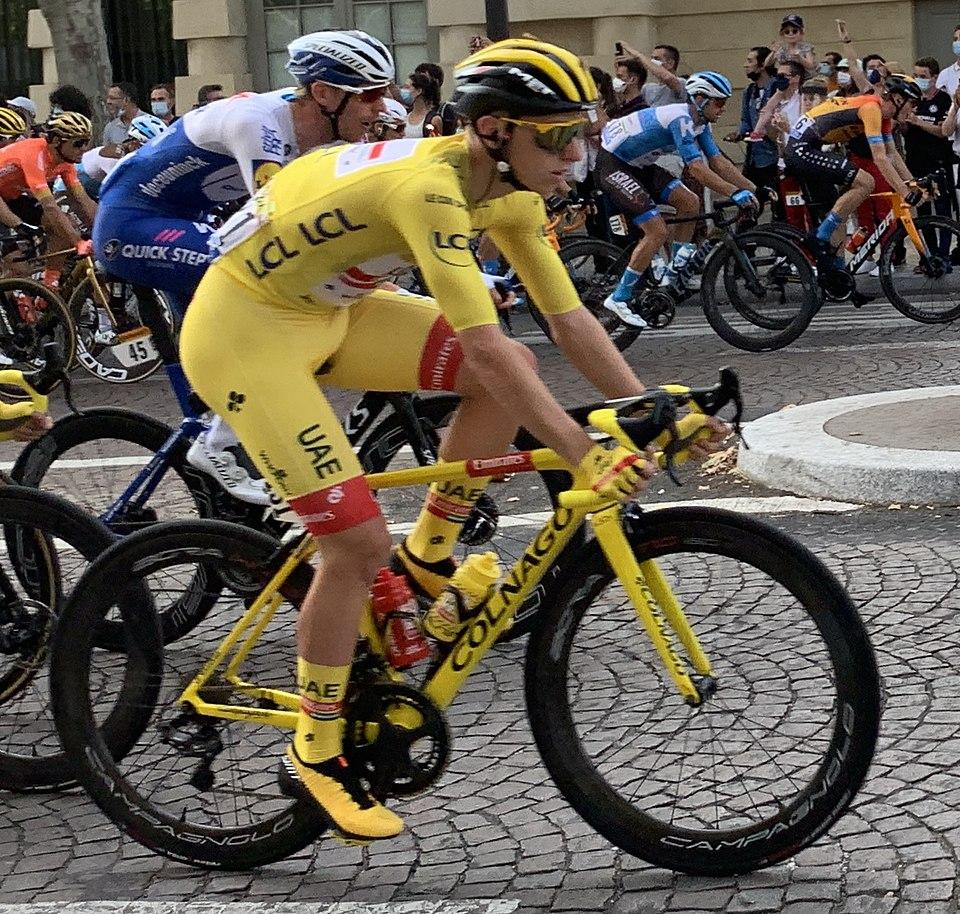Can the Tour de France be Over Before It’s Over? – Analysis
As the world’s elite cyclists converge on the French countryside for the annual showdown known as the Tour de France, a crucial question looms large: can the race be decided before the final leg? Historically, the Tour has captivated audiences with its blend of endurance, strategy, and unpredictable terrain. However, recent trends in cycling dynamics, team strategies, and early stage performances suggest that the outcome may sometimes be all but sealed long before the iconic Parisian finish line. In this analysis, we explore the elements that contribute to a potentially premature championship, examining the impact of technology, team tactics, and emerging talents, while assessing the implications for the future of this legendary sporting event. As fans gear up for yet another thrilling ride, we delve into what it means for the competition when victory may hinge not just on the final sprint, but on foundational strategies employed at the very start.
Understanding the Strategic Nuances of the Tour de France
The Tour de France, often heralded as the pinnacle of cycling, operates not only on physical prowess but also intricate strategic frameworks that can shape the outcome long before the final stages. Riders and teams must assess variables such as team dynamics, individual strengths, and weaknesses, as well as fluctuating stages that can influence overall standings. Key factors include:
- Team Composition: The choice of riders impacts strategy; certain members are designated to support the main contender, while others may be tasked with breakaways.
- Race Geography: Flat stages favor sprinters, while mountainous climbs are critical for GC contenders, prompting tactical plays in early stages.
- Time Trials: These stages can alter team strategies significantly, as strong time trialists can either extend leads or regain lost time.
Understanding these nuances is crucial for anticipating the race’s trajectory. Riders may find themselves playing mind games, employing methods such as feigned weakness or purposely holding back in early stages to reserve energy for crucial climbs. Consider the following strategies that can define critical moments:
| Strategy | Description |
|---|---|
| Breakaway Tactics | Launch early attacks to establish a lead. |
| Conservative Riding | Preserve energy in early stages to attack later. |
| Cooperation | Form alliances for mutual benefit in escape attempts. |
The Role of Team Dynamics in Preemptive Wins
The outcome of the Tour de France can often feel predetermined long before the final sprint to the finish line. This phenomenon is heavily influenced by team dynamics, where the collective behavior and strategies of riders can shift the entire race’s momentum. A cohesive team operates with a shared vision that allows for seamless communication and quick decision-making during critical moments. Key factors contributing to effective team dynamics include:
- Trust among team members, enabling them to rely on one another during moments of high pressure.
- Roles clearly defined within the squad, ensuring each rider knows their responsibilities, whether it’s leading, protecting, or attacking.
- Message consistency from team managers, which helps align tactics and enhances riders’ cohesion.
As teams work harmoniously, their synergy often leads to what can be termed as a “preemptive win.” This occurs when a well-coordinated effort not only dominates the competition but also psychologically impacts rival teams by setting an aggressive pace or executing surprise tactics. The results are evident in top teams, often showcased in a table reflecting their overall performance throughout the race:
| Team | Stage Wins | Overall Position |
|---|---|---|
| Team A | 6 | 1st |
| Team B | 4 | 2nd |
| Team C | 3 | 3rd |
In essence, a team operating like a well-oiled machine can create a chain reaction that secures victories well before the race concludes. The ripple effects of strong team dynamics resonate throughout the Tour, where the spirit of collaboration can redefine what it means to win – making the overall journey as significant as the final outcome.
Examining Historical Precedents: When the Race Was Sealed Early
Throughout the storied history of the Tour de France, there have been notable instances where the outcome appeared to be predetermined long before the final stage crossed the finish line. Historical trends suggest that early dominance in the race can transform the competition, leading fans to speculate about the implications of a “sealed” race. Of particular significance was the 1978 edition, where Belgian cyclist Eddy Merckx had effectively clinched the title by the penultimate stage. His commanding lead not only showcased his supremacy but also generated intense debate about the competitive integrity of the event. As spectators watched, they couldn’t help but wonder: when does unparalleled skill cross the threshold into predictable outcomes?
The examination of past events reveals patterns that transcend mere circumstance. Leading athletes like Bernard Hinault and Lance Armstrong have also set early paces that left their closest rivals scrambling for motivation. In fact, a careful review of cyclists who dominated the Tour from the outset brings forth a list that illustrates this trend:
| Year | Winner | Lead at Midpoint |
|---|---|---|
| 1978 | Eddy Merckx | 7 minutes |
| 1986 | Bernard Hinault | 6 minutes |
| 2004 | Lance Armstrong | 5 minutes |
This historical context underscores a bigger question: does an overwhelming lead foster a sense of complacency among competitors, or can it simply elevate the tactical strategies of remaining contenders? With the modern sport evolving and introducing new dynamics, the notion of a race being “over” before it finishes presents a compelling lens through which to examine the Tour’s future implications.
In Summary
In conclusion, the question of whether the Tour de France can be considered “over” before the final stage remains a complex puzzle steeped in strategy, history, and the unpredictable nature of competitive cycling. As we have explored throughout this analysis, factors such as early team dynamics, individual performances, and the psychological weight carried by riders can dramatically shape the trajectory of the race. While the coveted yellow jersey and the ultimate victory may not be fully secured until the last rider crosses the finish line in Paris, the ramifications of pivotal moments earlier in the race cannot be understated. Indeed, as the Tour continues to captivate and confound fans and participants alike, it will be essential to watch for those indicators that signal a shift in momentum before the official conclusion. As the saying goes in cycling, the race is never truly over until it’s over, and this year’s edition is sure to be no exception.











